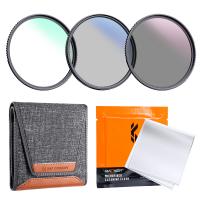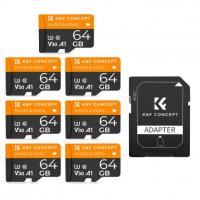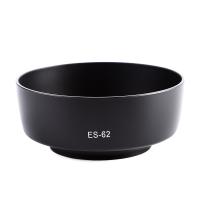How To Store Apps On Memory Card?
In today's mobile-centric environment, where smartphone storage space is constantly at a premium, the question of how to store apps on a memory card is increasingly pertinent. Many of us download a plethora of apps, ranging from essential utilities to entertainment alternatives, leading to ever-diminishing internal storage. The good news is that transferring apps to an external memory card can essentially expand your device's storage capacity. This article explores various paths to achieve this goal practically.
Understanding Your Device's Compatibility

Before delving into the steps to transfer apps to an external storage card, it's crucial to understand your device's compatibility. Not all smartphones or tablets support this feature. Usually, Android devices offer more flexible storage options compared to iPhones, which don’t support external SD cards at all.
Check Your Device Specs

1. Manufacturer's Website: Look up your device specifications on the official website of the manufacturer.
2. Settings: Navigate to your device settings and look under storage settings to see if adding an SD card is an option.
Choosing the Right Memory Card

Selecting a high-quality memory card is essential because it will affect your device's performance.
1. Speed Class: Memory cards come with speed classes (like Class 4, Class 10, UHS-I, etc.). It's advisable to choose a higher-speed class to ensure seamless app operations.
2. Capacity: Depending on what you plan to store, choose a card with adequate capacity. Generally, a 32GB or 64GB card works well for most users.
3. Brand Reliability: Opt for established brands like SanDisk, Samsung, or Kingston to ensure reliability and warranty support.
Preparing the Memory Card

1. Insert the Card: Insert the SD card into your device. This is typically accomplished by removing the back cover or using a SIM card removal tool for devices with combined SIM/SD slots.
2. Format the Card: Navigate to 'Settings' > 'Storage' > 'Format SD Card' to format the card. This step ensures the card is optimized for use on your device.
Transferring Apps to the Memory Card
Using Native Android Features
Many Android devices natively support transferring apps to an SD card. Here’s how to do it:
1. Go to Settings: Open the settings menu on your phone.
2. Apps: Navigate to the 'Apps' or 'Application Manager.'
3. Select the App: Pick the app you want to move.
4. Storage: You will see a 'Storage' section. Tap on it.
5. Change/Move: Tap on 'Change' or 'Move to SD Card.'
Note: Some apps don’t support being moved to an SD card, and the 'Change' button will be grayed out.
Using Third-Party Apps
If your device doesn’t natively support app transfers to the SD card, you can use third-party applications to accomplish this task.
1. AppMgr III
- Download and Install: Download AppMgr III from the Google Play Store.
- Open the App: Open AppMgr III after installation.
- Move to SD Card: The app will show you a list of apps that can be moved. Select the apps and tap 'Move to SD Card.'
2. Link2SD
- Download and Install: Download Link2SD from the Google Play Store.
- Partition Your SD Card: For Link2SD to work effectively, you may need to partition your SD card using apps like MiniTool Partition Wizard.
- Move Apps: Open Link2SD and move the apps to the SD card. Note that this app sometimes requires root access.
Troubleshooting Common Issues
Insufficient Space
If your memory card has insufficient space, consider deleting unnecessary files or using a larger capacity card.
Compatibility Issues
Some older devices or certain Android versions may have limitations on moving apps to SD cards. Ensure your device is updated to the latest firmware.
Performance Lag
If you experience a performance lag after moving apps to the SD card, it could be due to the speed class of your memory card. Consider upgrading to a higher speed class card.
Maximizing the Use of Your Memory Card
Aside from storing apps, you can use your SD card for:
1. Media Storage: Default your camera app to save photos and videos directly to the SD card.
2. Offline Files: Download offline maps, music, and videos from streaming apps onto your SD card.
Backups and Security
Periodically back up your SD card data to another storage medium, like a computer or cloud storage, to prevent data loss.
1. Eject Properly: Before removing the SD card from the slot, make sure to unmount it via the settings to avoid data corruption.
2. Use Encryption: For sensitive data, consider using encryption features available on your device.
Storing apps on a memory card is an efficient way to manage your device’s storage and improve performance. While the procedure might slightly vary depending on the device and Android version, the overall process is straightforward and immensely beneficial. By understanding the capabilities of your device, choosing the right memory card, and following simple steps, you can ensure that storage space never becomes an obstacle for your productivity or entertainment needs.
In a world where digital content and mobile apps keep growing exponentially, mastering these storage techniques can ensure your device remains functional and efficient for years to come. So go ahead, expand your horizons and optimize your storage solutions today!







































